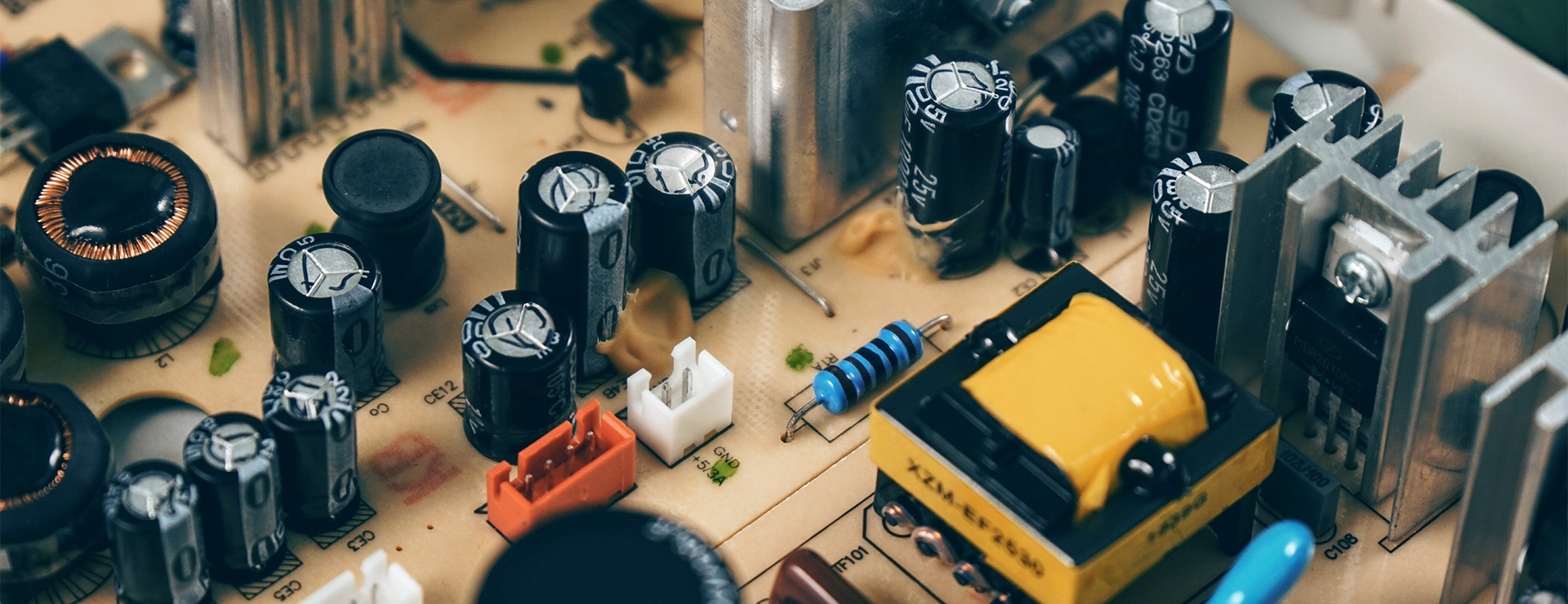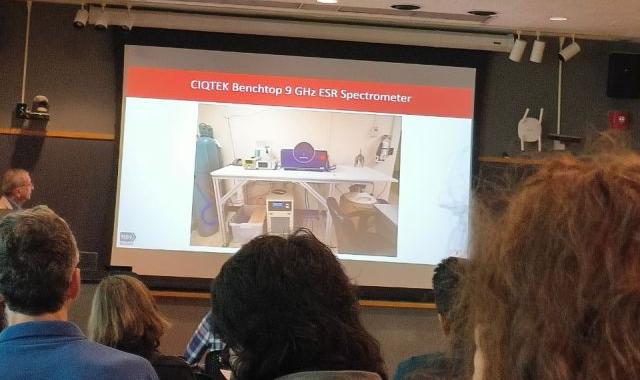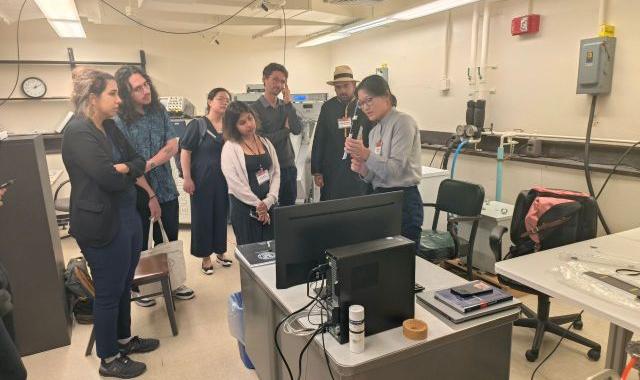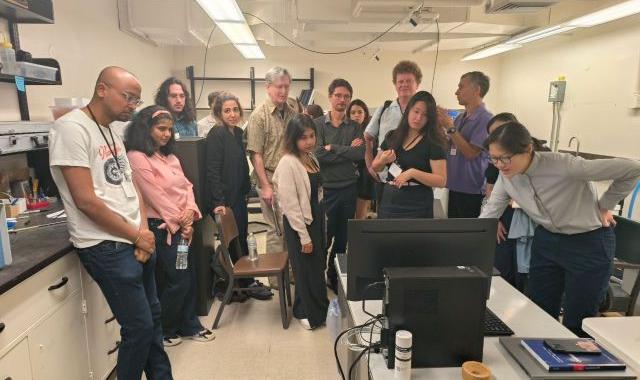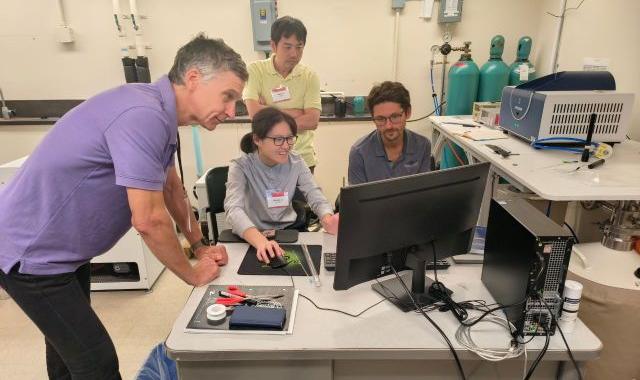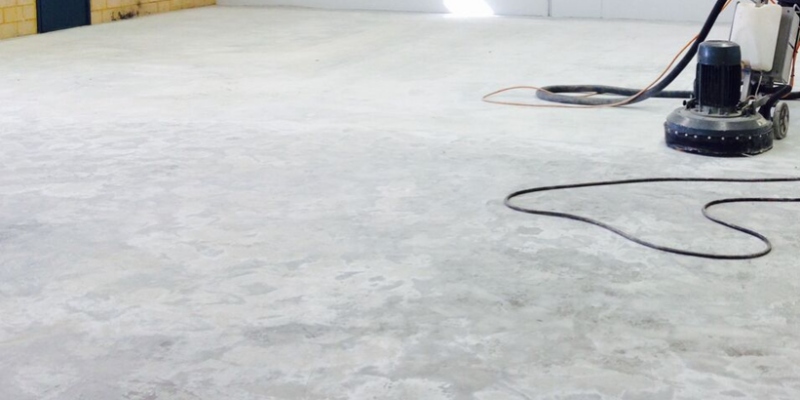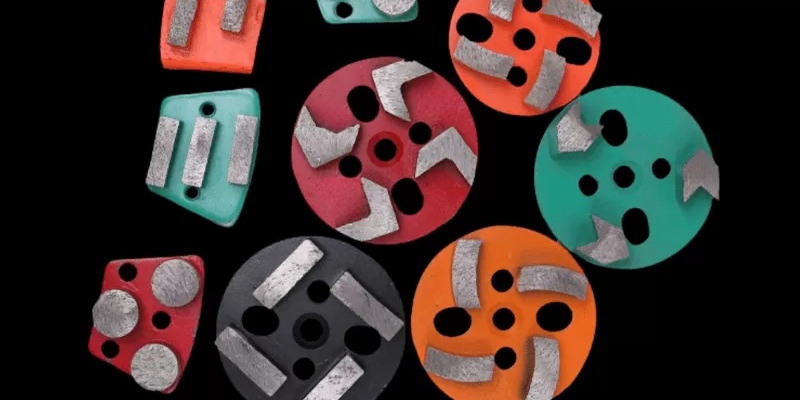Enhance the Durability and Efficiency of Your Polymer Pin & Linepost Insulators with Steel Bracket Base Fittings
Are you looking to optimize the performance of your polymer pin and linepost insulators? Look no further than steel bracket base fittings. These unique and innovative fittings offer a range of benefits that can greatly improve the durability and efficiency of your insulator system. In this blog post, we will dive into the features and advantages of steel bracket base fittings, shedding light on why they are a must-have for any insulator enthusiast.
1. Unmatched Strength and Durability
One of the primary advantages of steel bracket base fittings is their exceptional strength and durability. These fittings are constructed from high-quality steel, which provides enhanced resistance to corrosion, impact, and extreme weather conditions. Unlike traditional insulator fittings that may degrade over time, steel bracket base fittings ensure long-lasting performance, thereby minimizing maintenance needs and reducing the risk of failure.
2. Superior Stability and Load Capacity
With steel bracket base fittings, stability is paramount. These fittings are designed to provide optimal stability and support for horizontal line post insulators. Whether facing heavy wind loads, line vibrations, or high-tension loads, steel bracket base fittings offer superior load-carrying capacity and structural integrity. This makes them ideal for demanding applications and ensures the safe and reliable operation of your insulator system.
3. Easy Installation and Adjustment
Another noteworthy feature of steel bracket base fittings is their ease of installation and adjustment. These fittings come with user-friendly designs, allowing for quick and hassle-free installation. Moreover, their adjustable features enable fine-tuning of the insulator’s position and angle, ensuring precise alignment and maximum efficiency. This flexibility during installation and adjustment saves both time and effort, making them a preferred choice for installers and maintenance personnel.
4. Enhanced Safety and Reliability
Ensuring the safety and reliability of your insulator system is crucial. Steel bracket base fittings offer exceptional insulation performance and electrical isolation, safeguarding against electrical faults and ensuring the integrity of your power distribution or transmission lines. By eliminating the risk of short circuits or ground faults, these fittings contribute to uninterrupted power supply and minimize the potential for accidents or service interruptions.
5. Versatility and Compatibility
Steel bracket base fittings are designed to accommodate a wide range of polymer pin and linepost insulators. Their versatile nature allows them to seamlessly integrate with different insulator systems, making them a suitable choice for various applications. Whether you are working with overhead power lines, distribution networks, or transmission systems, steel bracket base fittings provide a scalable solution while maintaining their efficacy in diverse environments.
In conclusion, steel bracket base fittings offer a plethora of unique features and benefits that greatly enhance the performance of your polymer pin and linepost insulators. With unmatched strength, superior stability, and easy installation, these fittings provide both reliability and value for money. By prioritizing safety, versatility, and durability, steel bracket base fittings are essential components for anyone seeking to maximize the efficiency and longevity of their insulator system. Upgrade your insulators today and experience the difference steel bracket base fittings can make in your power distribution network.
